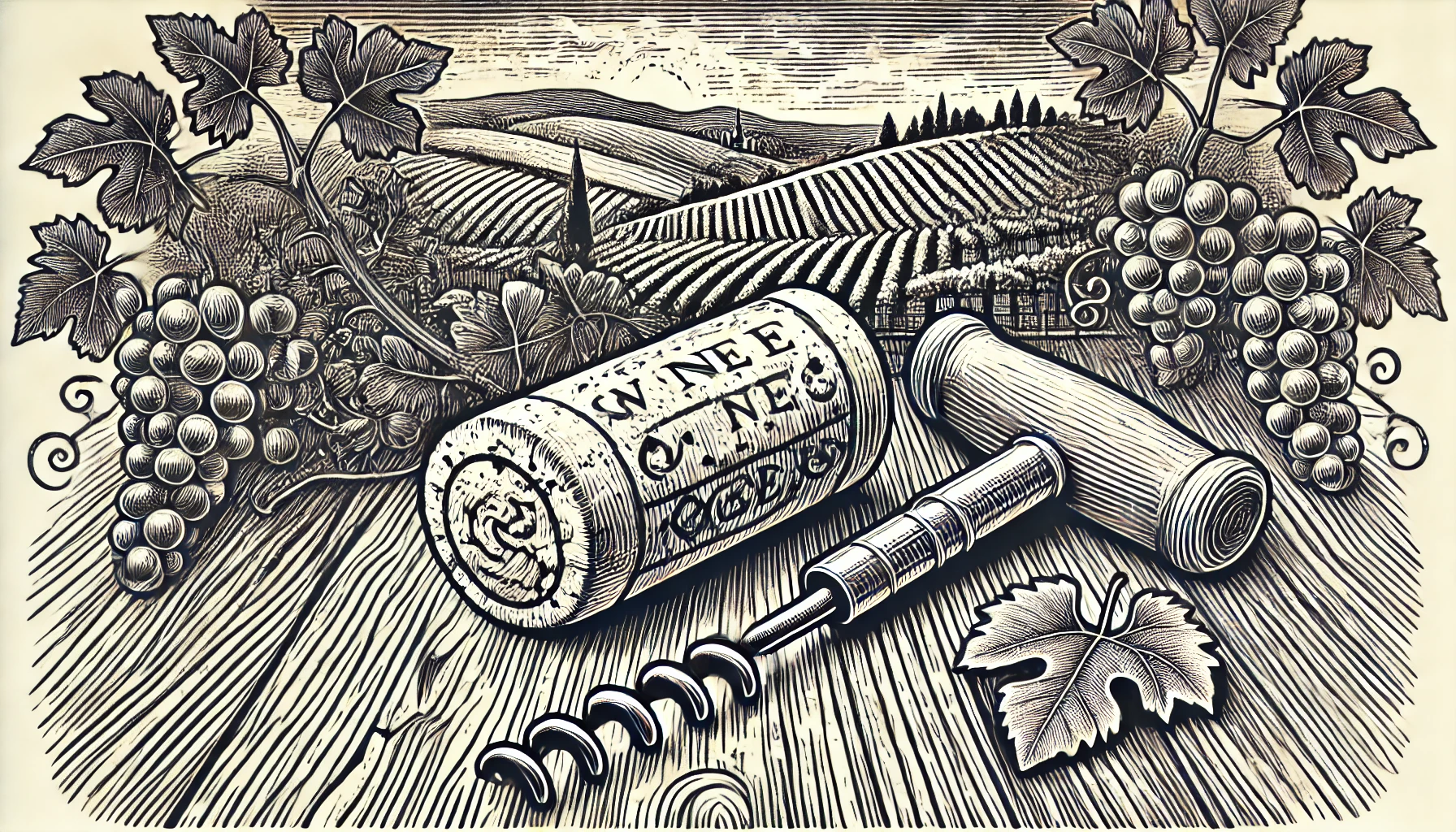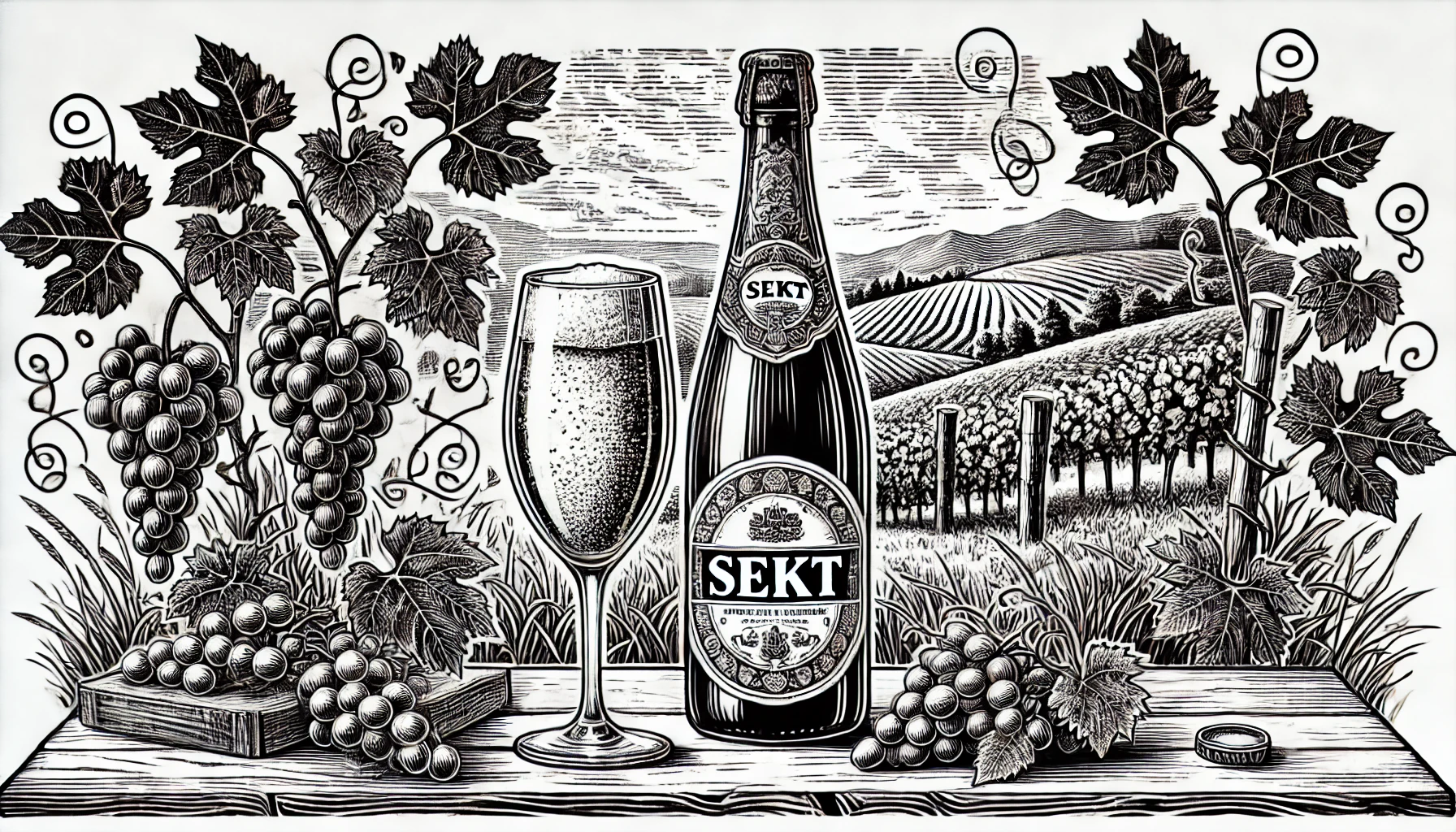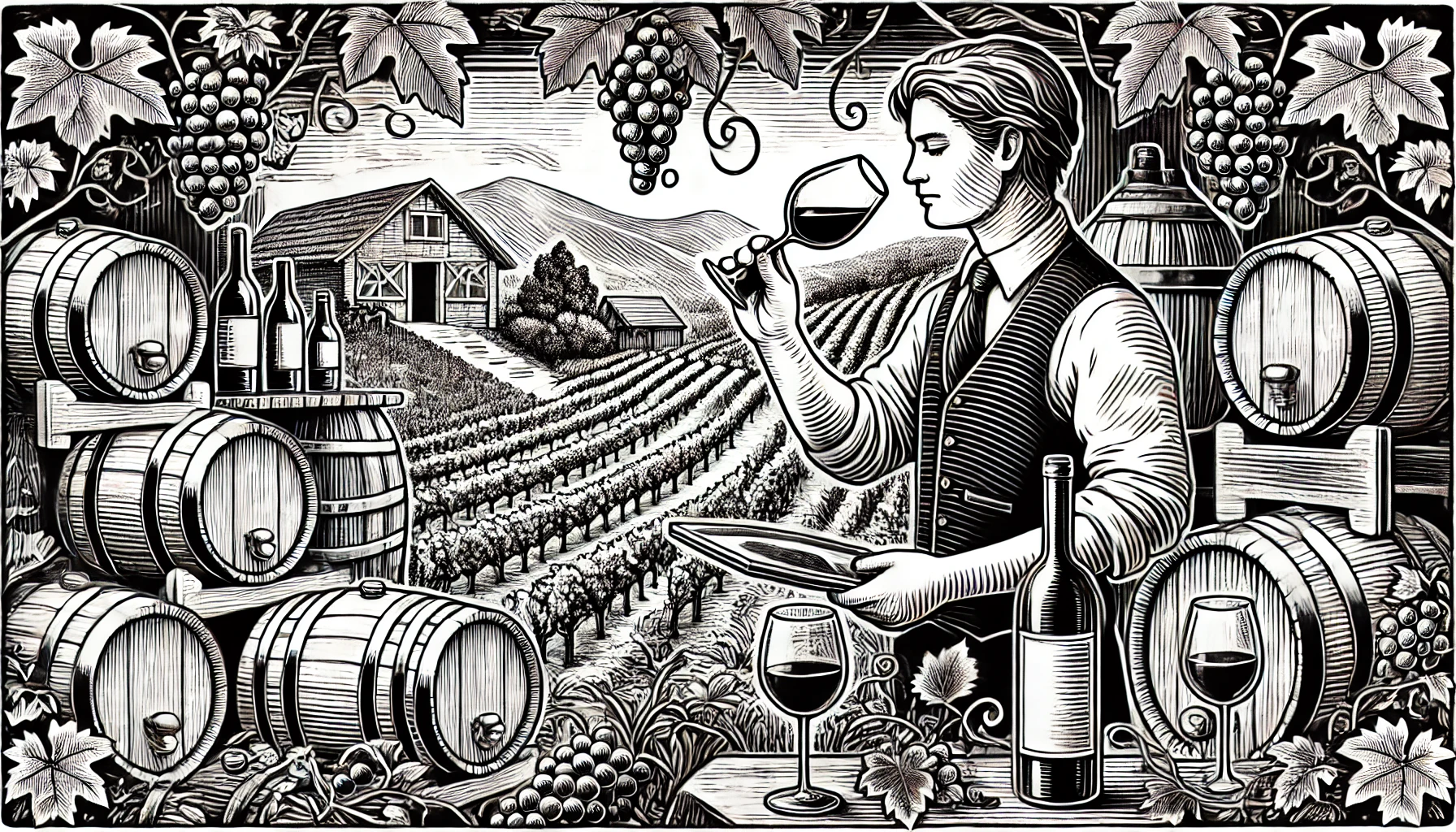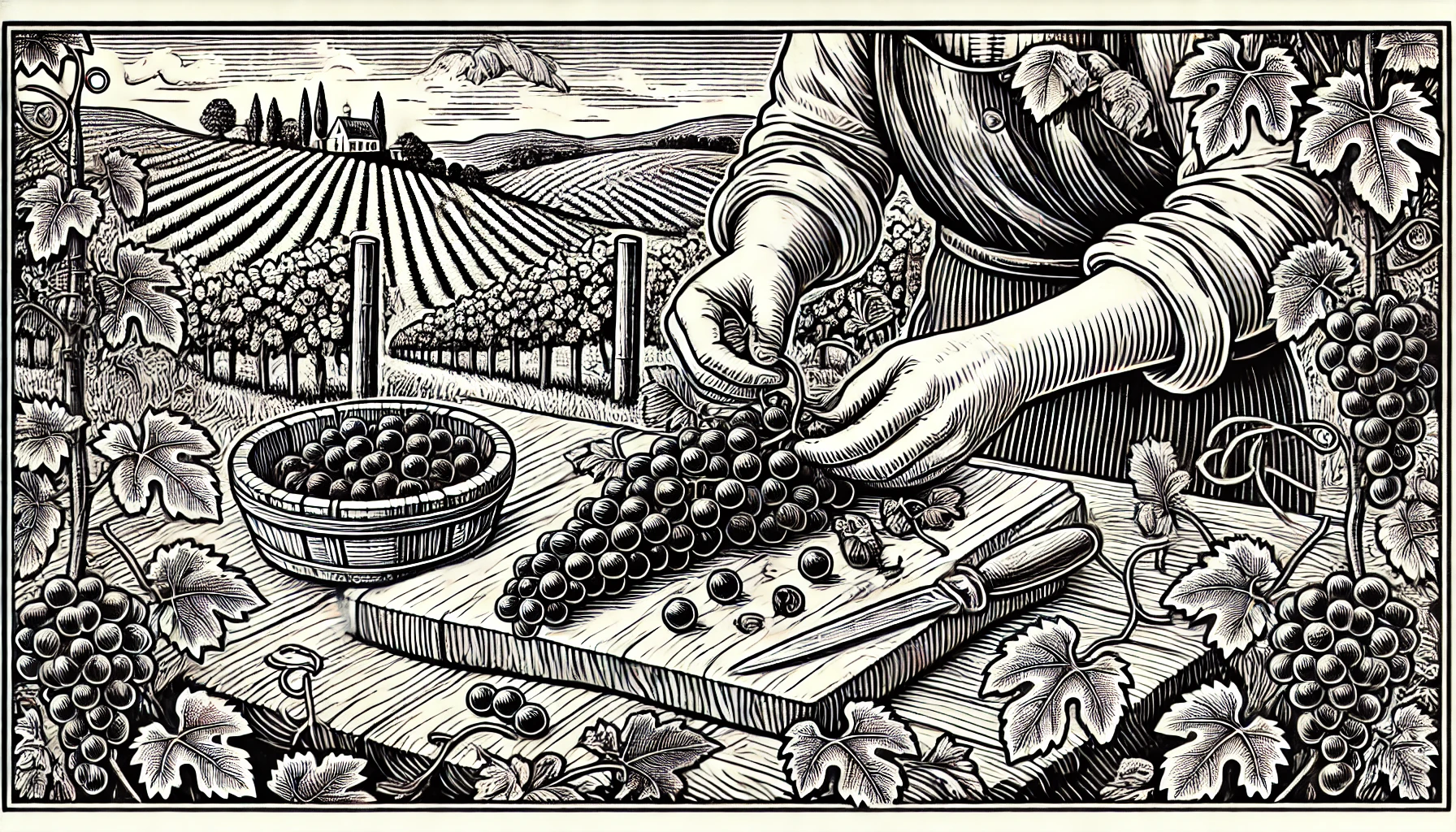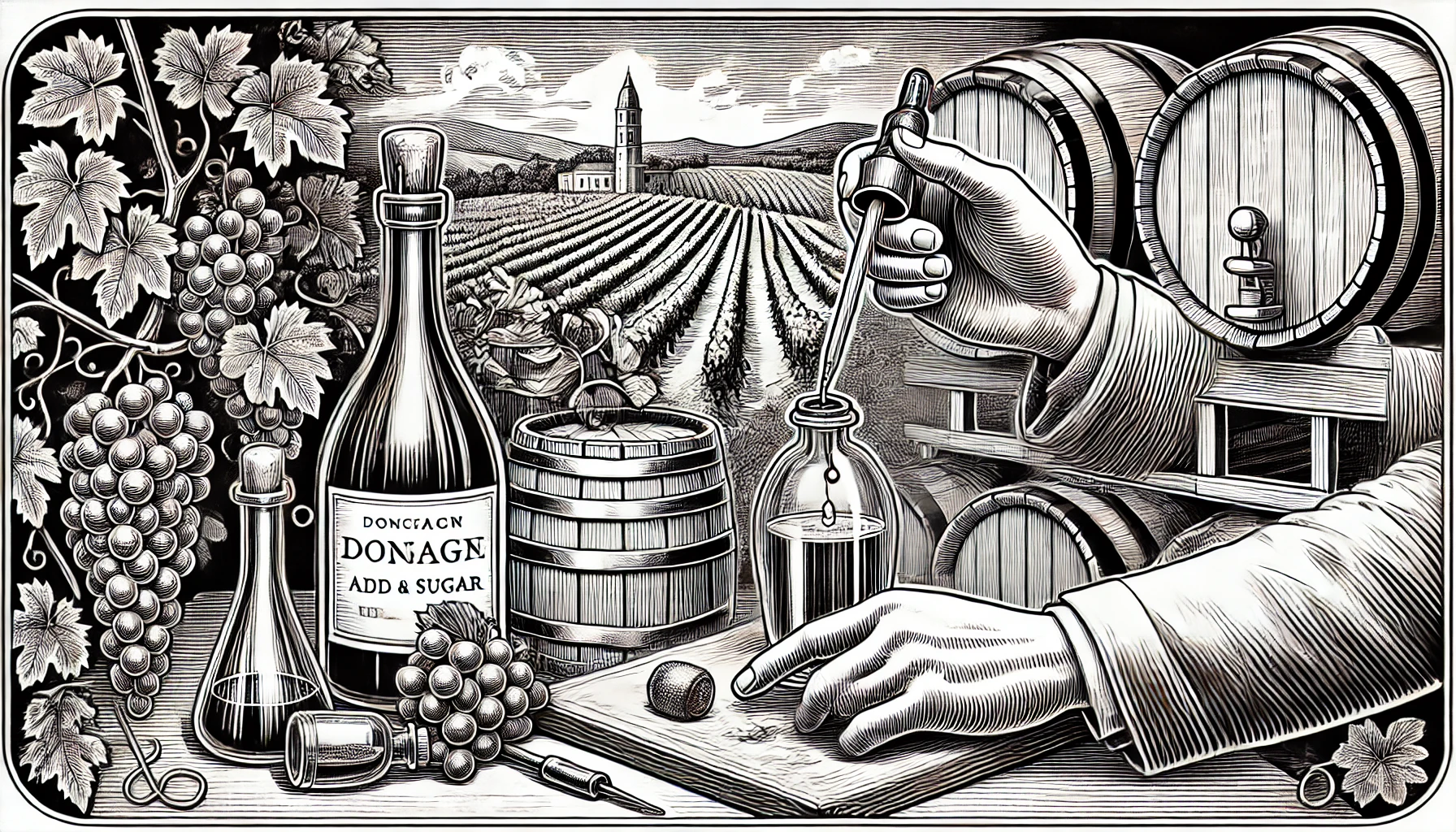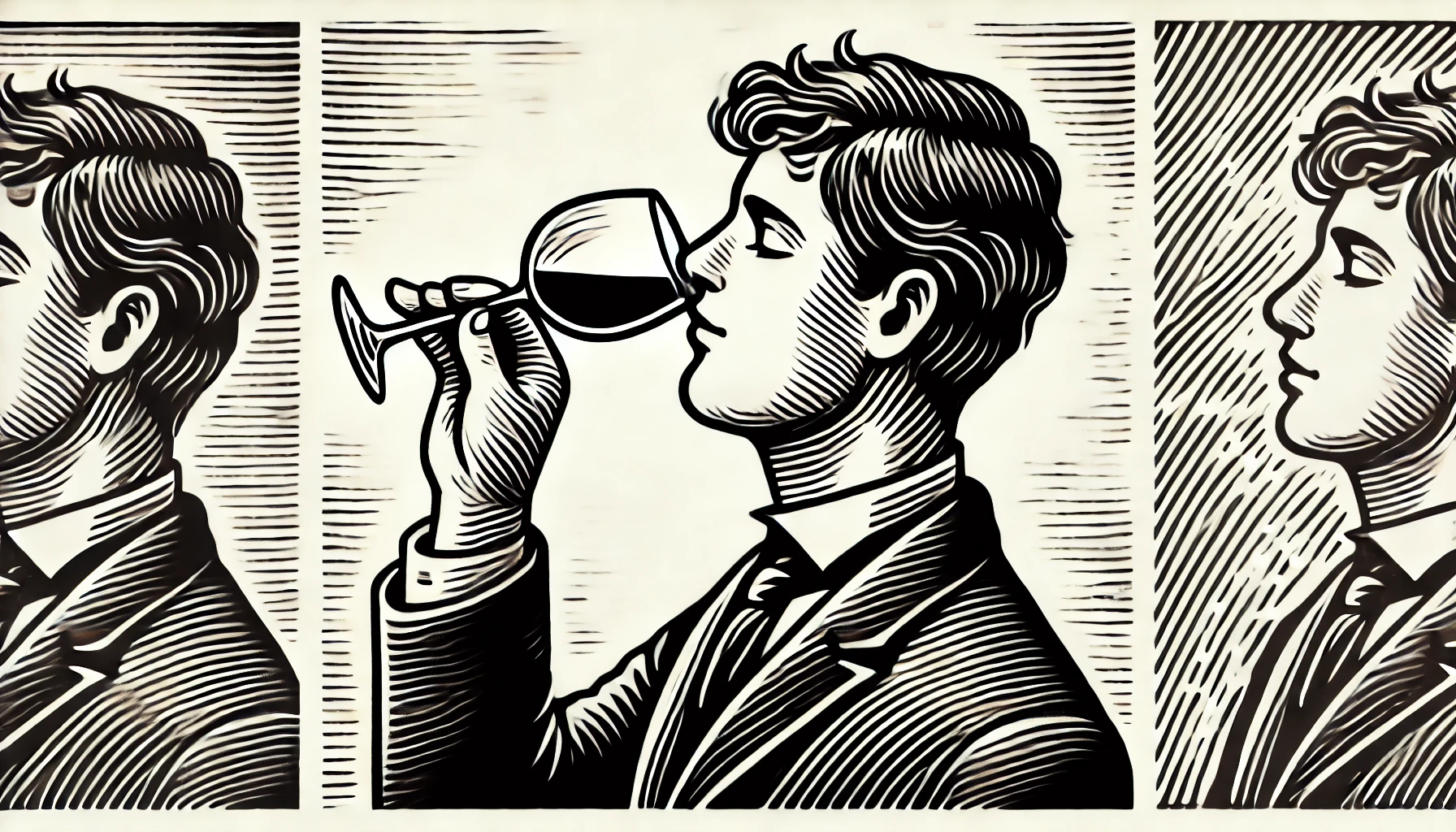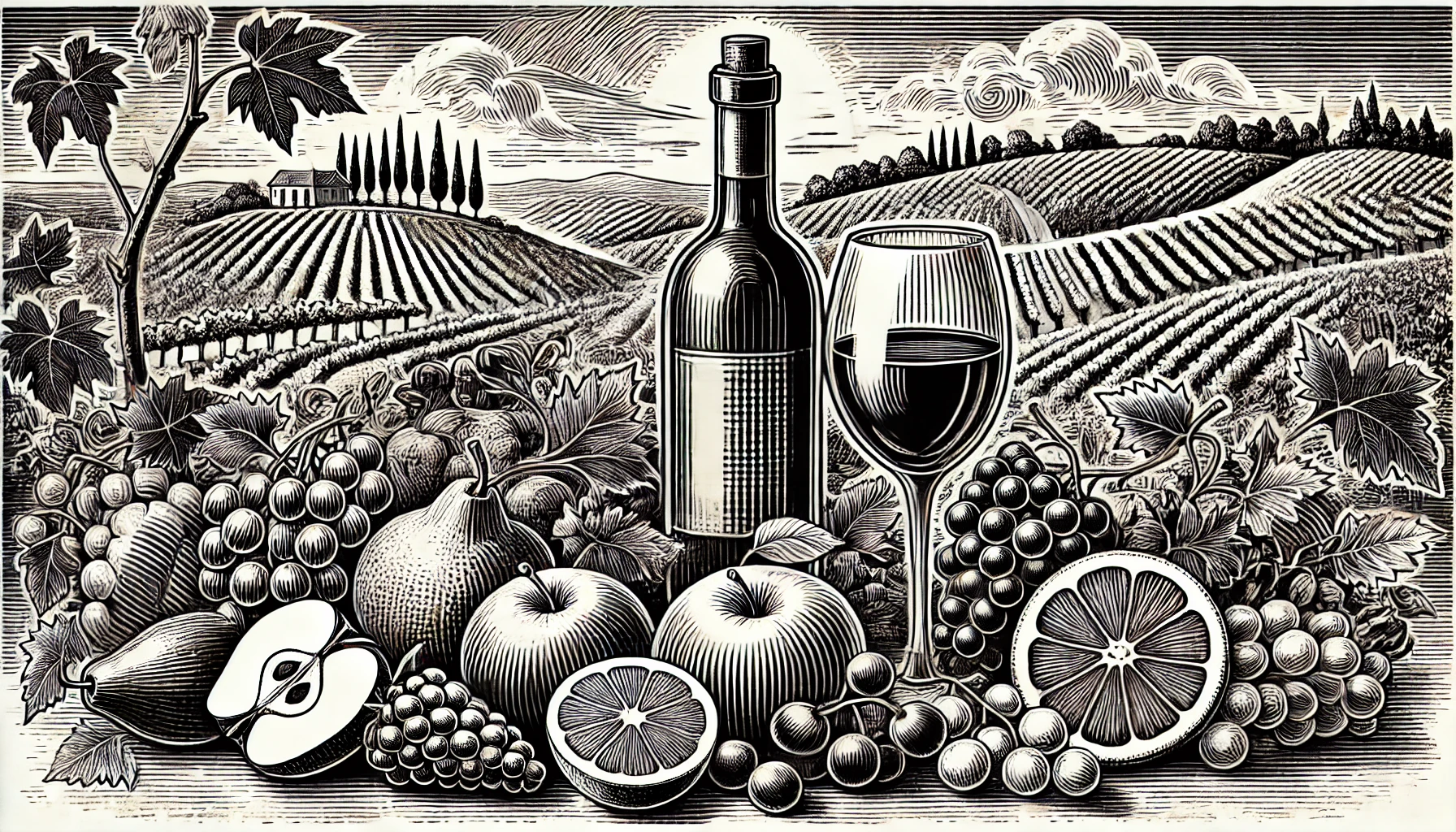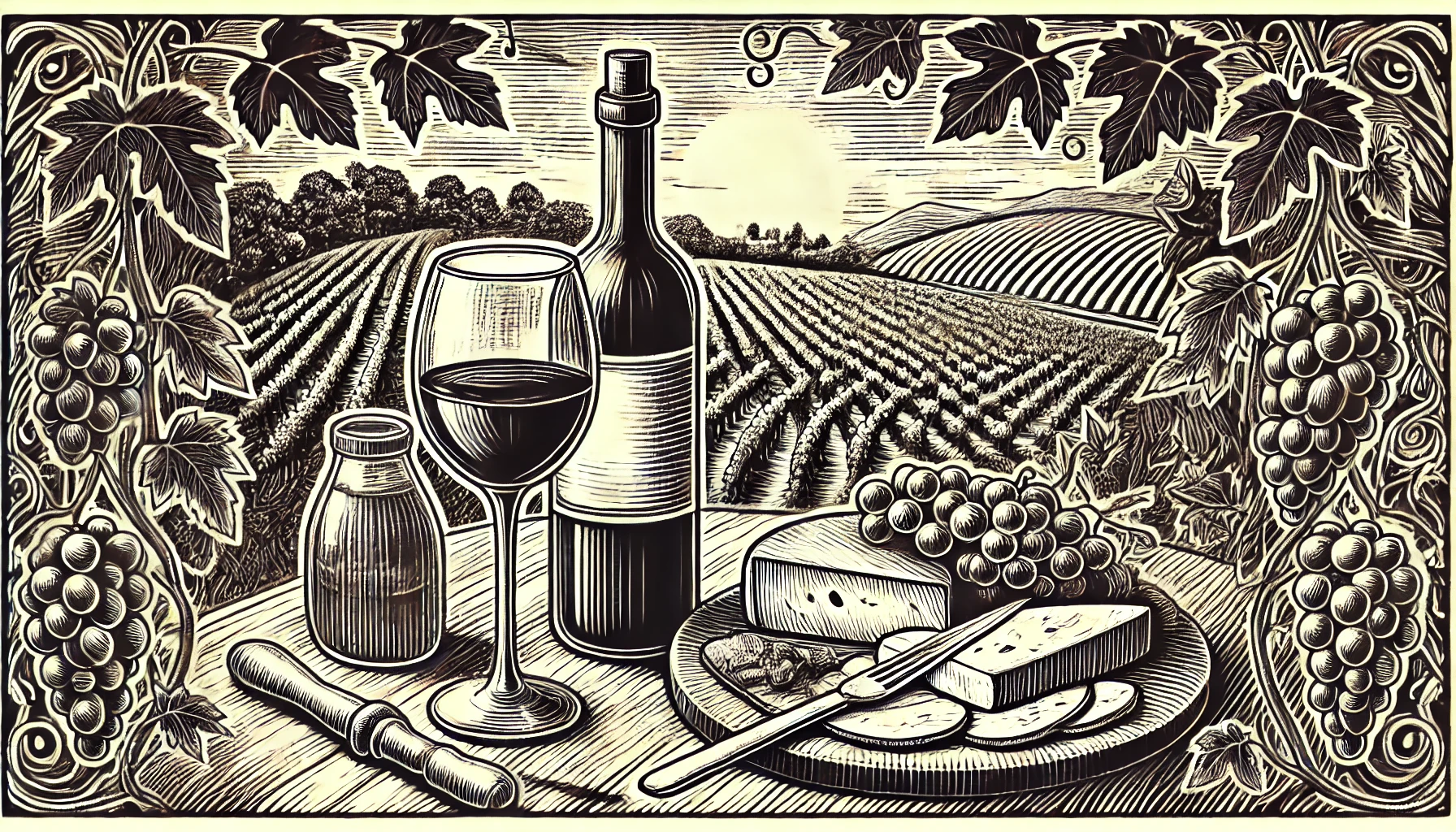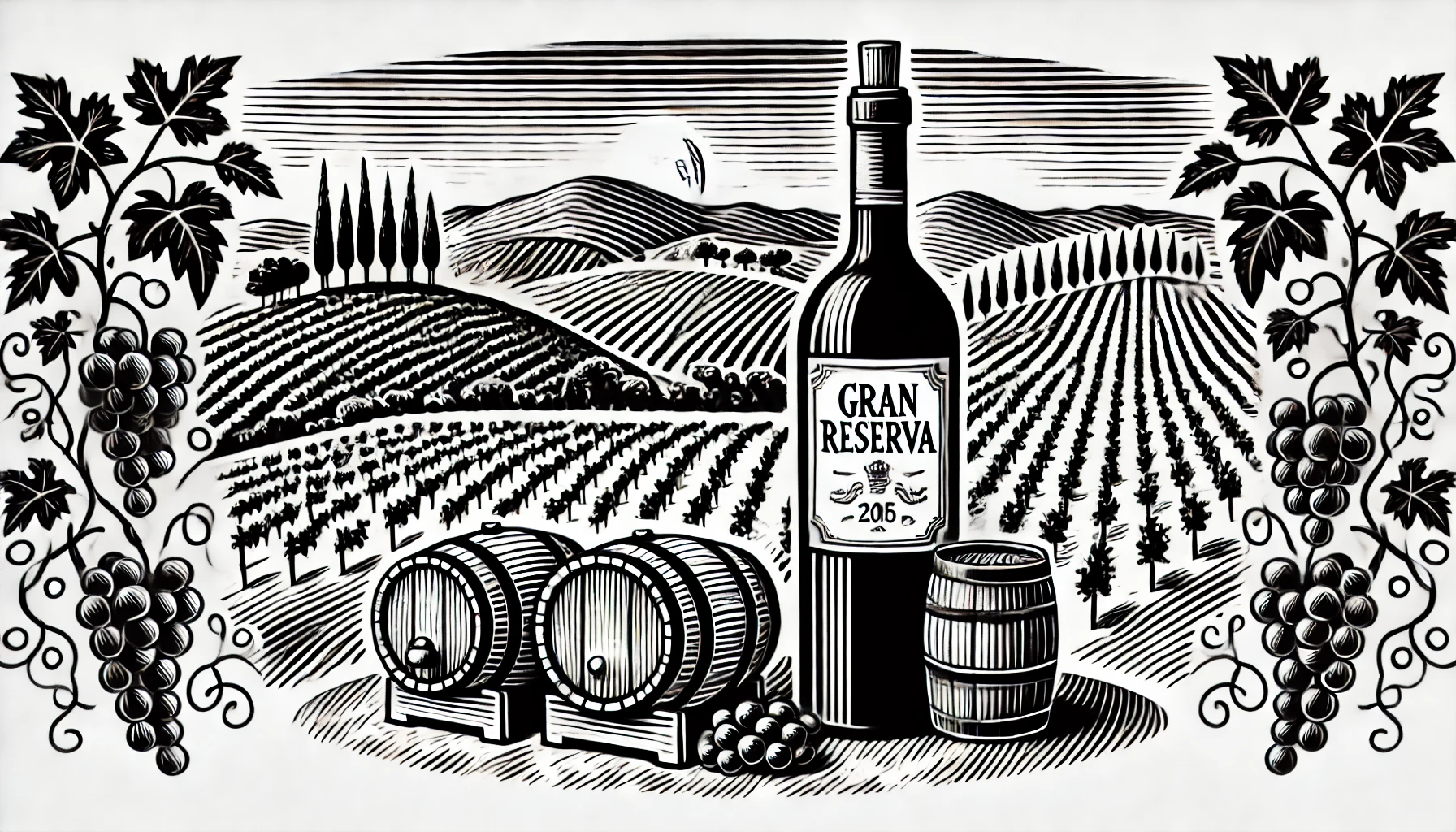
Gran Reserva is a prestigious wine classification in Spain, referring to wines that undergo extensive aging before they are released to the market. The term applies to both red and white wines, although the aging requirements differ between the two. For red wines, Gran Reserva means a minimum of five years of aging, with at least two years spent in oak barrels and the remaining time aging in the bottle. This process allows the wine to develop rich, complex flavors. White wines labeled as Gran Reserva must age for at least four years, with six months of that time spent in oak.
Wines carrying this label are often considered the highest quality and come from particularly good vintages. Only the best grapes are typically used, which means winemakers are very selective. These wines offer layers of flavors and aromas that evolve with every sip. You’ll often find notes of dried fruit, tobacco, leather, and spices in Gran Reserva reds, while the whites may offer flavors of nuts, honey, and dried flowers. Because of the time and care involved in their production, these wines tend to be more expensive than other classifications like Crianza or Reserva.
Gran Reserva wines are a great choice for special occasions. The long aging process smooths out the tannins, making the wine more elegant and refined. These wines pair well with rich, hearty foods like roasted meats, game, or aged cheeses. In Spain, regions like Rioja and Ribera del Duero are famous for their exceptional Gran Reserva wines. If you’re looking for a wine that showcases complexity and depth, it is an excellent choice.
Curious about more wine terms and insights? Visit our Wine Wiki section and explore the basic wine terms for expert definitions and tips!
